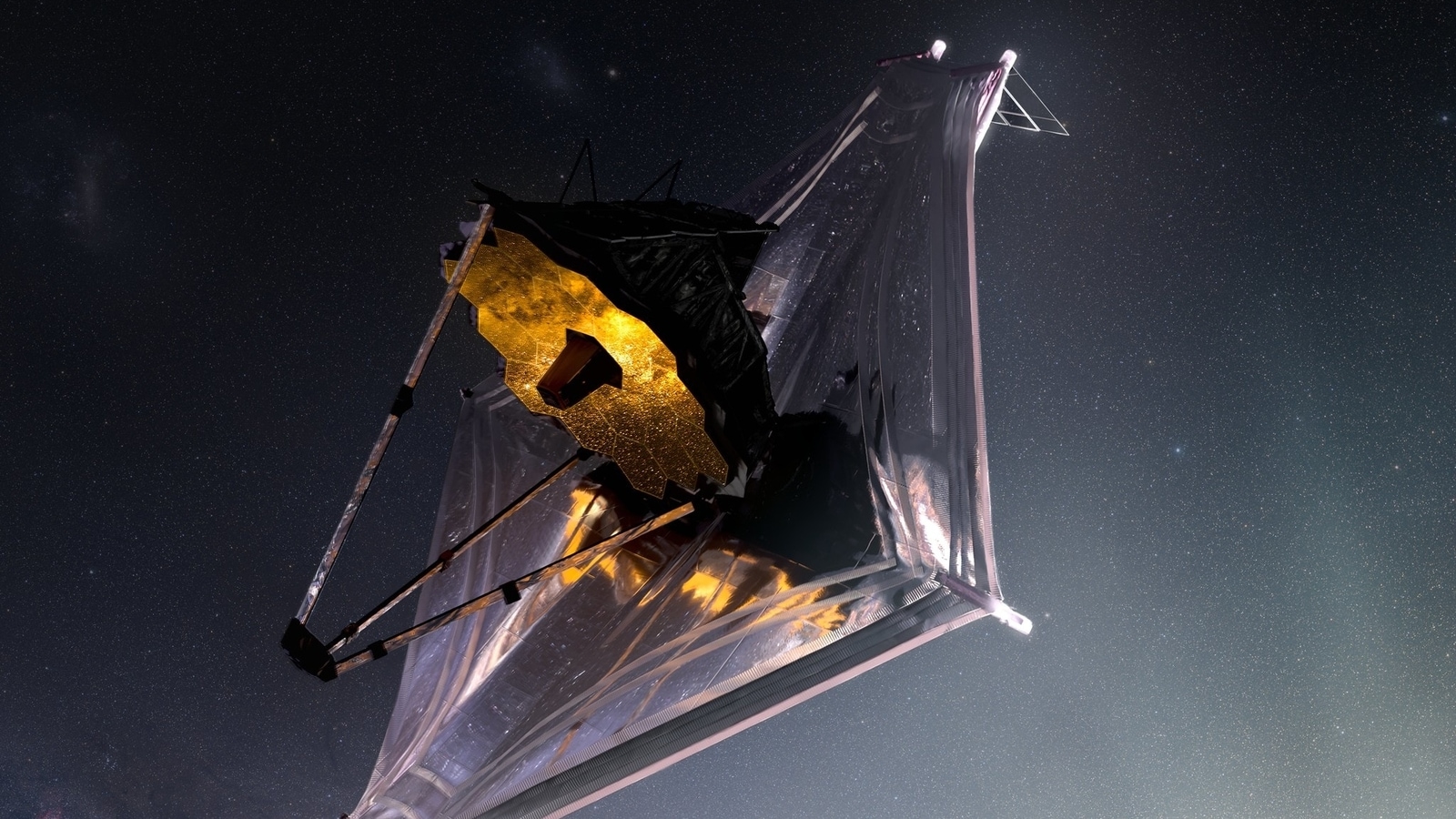Big boost for NASA, 7 things James Webb Space Telescope got right that will reveal secrets of the Universe
NASA James Webb space telescope has been leaving scientists and netizens mesmerized with the stunning view of the universe. Know about these 7 key points of James Webb Space Telescope that will reveal secrets of the universe.
NASA James Webb Space Telescope was commissioned almost six months ago and it has been doing wonders by capturing stunning views of the universe. The telescope has been giving some major insights into space and other planets- it has just captured image of the oldest galaxy ever seen, which is over 13 billion years old. The US space agency has listed the key outcome of six months of commissioning saying that JWST is fully capable of achieving the discoveries for which it was built. The world’s largest and most powerful telescope was envisioned “to enable fundamental breakthroughs in our understanding of the formation and evolution of galaxies, stars, and planetary systems”. It has started sending pictures and we can now say that the telescope and instrument suite have demonstrated the sensitivity, stability, image quality, and spectral range that are necessary to transform our understanding of the cosmos through observations spanning from near-earth asteroids to the most distant galaxies.
Moreover, almost across the board, the science performance of JWST is better than expected, according to this report (https://arxiv.org/ftp/arxiv/papers/2207/2207.05632.pdf). Here are the 7 things that JWST has got right, which gives a big boost to NASA and its various endeavors to reveal the secrets of the universe that we live in.
* The JWST’s optics are better aligned,
* The point spread function is sharper with higher encircled energy,
* The optical performance is more time-stable than requirements,
* Fine guidance system points the observatory several times more accurately and precisely than required.
*The mirrors are cleaner than requirements, which translates into lower-than-expected levels of near-infrared stray light.
* The science instruments have generally higher total system throughput than pre-launch expectations.
* Detector noise properties are similar to ground tests, albeit with higher rates of cosmic rays, as expected in deep space.
Collectively, these factors translate into substantially better sensitivity for most instrument modes than was assumed in the exposure time calculator for Cycle 1 observation planning, in many cases by tens of percent. In most cases, JWST will go deeper faster than expected. In addition, JWST has enough propellant onboard to last at least 20 years.
For all the latest Technology News Click Here

